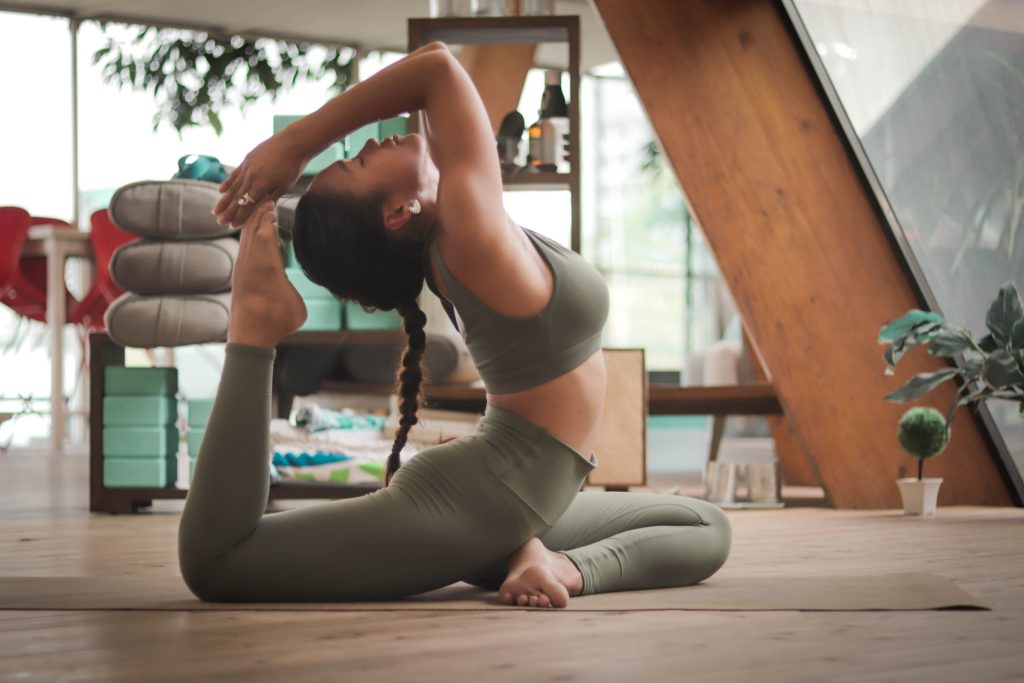Yoga, an age-old practice with its origins in ancient India, has transcended borders, resonating with millions around the world. As a holistic approach to mental and physical well-being, it harmonises the mind, body, and spirit. If you’re a newbie hoping to embark on this journey, this guide will provide an overview of essential poses, benefits, and tips to start your practice.
Benefits of Yoga:
- Enhanced Flexibility: Over time, yoga can help improve flexibility, reducing the risk of injuries.
- Stress Reduction: Yoga often involves mindfulness and deep breathing, which can help reduce stress and anxiety.
- Improved Strength: Many yoga poses require you to bear your body weight in varied ways, gradually building strength.
- Better Posture: Regular practice can lead to improved posture, alleviating back and neck pain.
- Increased Mind-Body Awareness: Yoga promotes a deeper connection between the body and mind, fostering self-awareness and grounding.
Basic Yoga Poses for Beginners:
- Mountain Pose (Tadasana): A foundational pose for all standing postures. Stand tall, feet together, hands at sides, and gaze forward.
- Downward Dog (Adho Mukha Svanasana): This pose stretches the entire back of the body. Begin on all fours, then lift your hips, straightening your legs and arms, forming an inverted ‘V’.
- Child’s Pose (Balasana): A restful pose. Sit on your heels, lean forward, stretch your arms in front, and rest your forehead on the floor.
- Tree Pose (Vrksasana): A balancing pose. Stand tall, place one foot on the opposite inner thigh, and bring your hands together at heart centre.
- Cobra Pose (Bhujangasana): Lying face-down, press your palms beneath your shoulders and lift your chest, arching your back.
- Savasana (Corpse Pose): The ultimate relaxation pose. Lie flat on your back, arms at your sides, palms up, and breathe deeply.
Tips for Beginners:
- Start with a Good Mat: Invest in a high-quality, non-slip yoga mat. It provides the necessary cushioning and stability.
- Choose Comfortable Clothing: Wear breathable, stretchy attire that allows you to move freely.
- Begin with a Warm-Up: Always warm up with a few stretches or a short meditation to prepare the body and mind.
- Focus on Your Breath: Deep, controlled breathing is central to yoga. It helps in guiding your movements and maintaining postures.
- Listen to Your Body: Yoga is not about pushing yourself to the limit. If a pose feels uncomfortable, modify it or take a break.
- Stay Consistent: Like any practice, consistency is key. Even if it’s just a few minutes daily, regular practice can make a noticeable difference.
- Join a Class: Initially, consider joining a beginner’s class. Having a trained instructor can provide you with the guidance and foundation needed.
To conclude, yoga is a journey of self-discovery, not a destination. It’s about understanding and connecting with oneself at a deeper level. As you start, remember to be patient and compassionate with yourself. With time and practice, the postures will come more naturally, and the mind will find its peace. Namaste!
Featured Photo by Carl Barcelo on Unsplash


